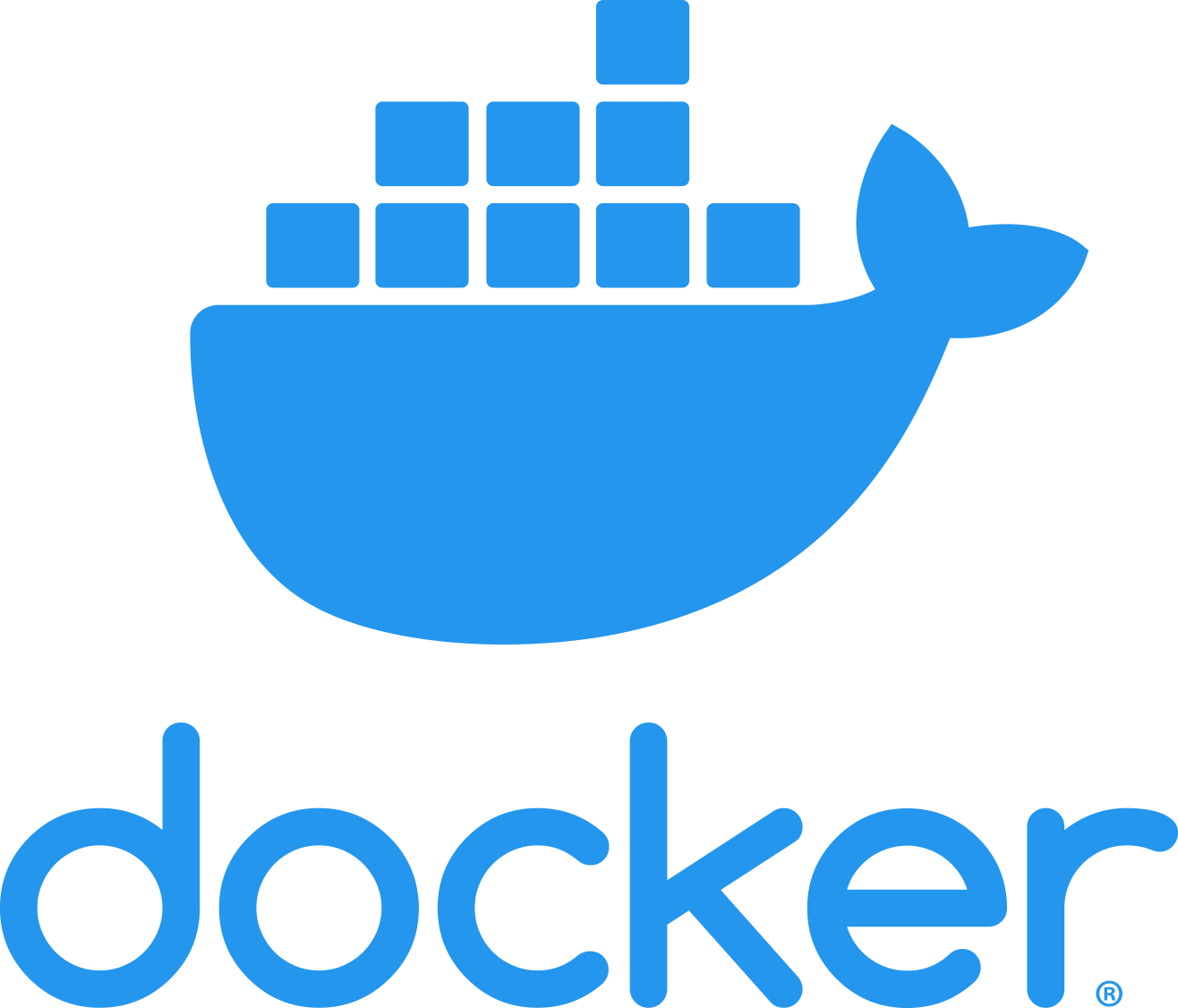

If using additional services that make use of ports in the 808x range, then default mapping can be edited to avoid conflicting by mapping higher range port numbers that are not in use by other services (i.e., -p 8765:8765 -p 58081:8081 -p 58082:8082)Ĭhange the two bind paths /etc/motioneye and /var/lib/motioneye according to your needs. Ports used for streaming can be later changed in motionEye (Video Streaming -> Streaming Port) but should always match the ones that are being exposed from Docker. Note: If running with docker-ce, you may get: "WARNING: The requested image's platform (linux/amd64) does not match the detected host platform (linux/arm/v7) and no specific platform was requested" You may safely ignore this message, the WebGUI will be available at Add additional port mappings with the -p parameter if you want to use the streaming feature of motion: -p 8765:8765 -p 8081:8081 for cameras added, numbering of ports used for streaming starts from 8081 (second camera will use port 8082, etc). v /var/lib/motioneye:/var/lib/motioneye \Ĭhange the last line to: ccrisan/motioneye:master-armhf if running on any ARM Processor based system. The image tagged with master-armhf is built for Raspberry Pi architecture. The image tagged with master-amd64 is built for x86 architecture using the current development branch of motionEye. They will be available with the next release.ĭownload the image with one of the following commands according to your underlying architecture. Tags for stable releases of motionEye currently do not exist. All other tags are from temporary feature branches and should not be used.

The actual usable tags are master-amd64 and master-armhf. The automatically built images are available on Docker Hub. If you like to contribute or testing motioneye project, you can use the docker container. Furthermore there is a Dockerfile.armv7-armhf for a Docker image for the Raspberry Pi platform. The Dockerfile for the automatically built image and a sample docker-compose.yml are both in the /extra directory of the project ( ) stored. Currently Method 3 is only working for amd64, but hopefully will be available for Debian 11, and armhf soon. Method 3 is just a bit more complex than method 2, but gives you a container with Debian 10, motion 4.3.2-1, and the latest development build of motionEye (0.42.1 with the Privacy Mask enhancement, and others. Method 2 is a bit more complex creating the image on your own. Images for x86 and Raspberry Pi architectures are available. The currently existing images are built from the actual development in the dev branch.

Unfortunately the automatic image creation is not yet available for stable releases of motionEye, but it will be available with the next release. Method 1 (easiest) is to use the automatically built and published Docker images from Docker Hub. There are three options to run motionEye in Docker.


 0 kommentar(er)
0 kommentar(er)
